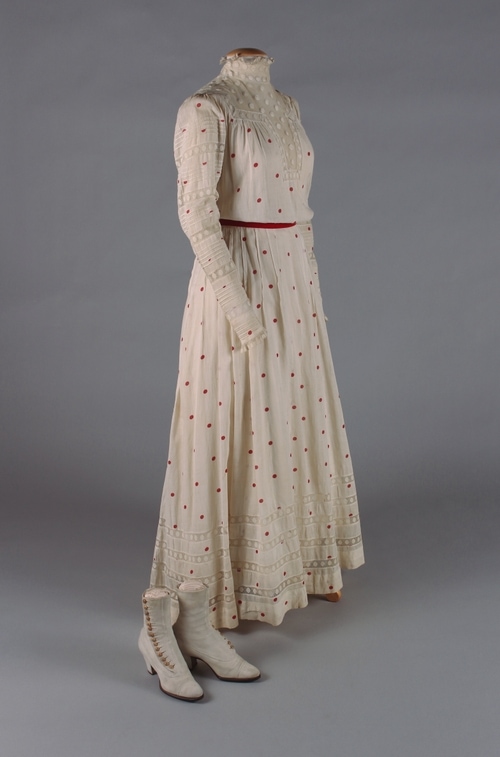empowered to fight
Ohio played a pivotal role in the long battle for woman suffrage, from the 1851 Women's Rights Convention in Akron, with Sojourner Truth's inspiring words, to the 1910 formation of the Cleveland Woman Suffrage Party. The journey wasn't simple, and many activists were wealthy white women, who sometimes ignored voices of the working class and people of color. Unlike some states, however, Ohio hosted integrated parades and did count important African American suffragists among its ranks.
Suffragists canvassed, marched, petitioned, gave speeches, and wholly stepped outside of the traditional woman's role. For years, Cleveland suffragists pushed to amend Ohio's constitution, and after four failed campaigns filled with speeches, canvassing, and publications, Ohio became the fifth state to ratify presidential suffrage, securing the vote for women in the 1920 election.
Learn more about suffragists in Northeast Ohio below.



a pivotal period
Explore a selection of artifacts from the WRHS library and museum collections below.
Suffragists distributed literature during parades and speeches, and canvassed their cities via bicycle and automobile. This flyer, supplied by the National American Woman Suffrage Association responds to common arguments against woman suffrage. Clevelanders distributed this, as well as their own literature.
Cleveland suffragists organized their ranks in parades, gathering over 10,000 marchers in 1914. Groups such as the Ohio Federation of Colored Women's Clubs and Teachers' Unions endorsed these events. Some suffragists participated in floats and wore costumes. Surrounding this floating globe, women are dressed in ethnic garments from various countries in Asia and Europe. At the left, one marcher wears a traditional Qing Dynasty (1644-1911) Manchu robe. Their garments helped to emphasize the universal right to suffrage.
Boots, ca. 1912. Gift of Mrs. J. R. Owens 41.1933
Clevelander Mertice Laffer chose this comfortable, lightweight dress to march in a parade for women’s suffrage. Many women's rights activists carefully chose their clothing, feeling that they should remain feminine and fashionable while fighting for political equality, lest their appearance distract from the message. Parades offered an opportunity to draw attention in an acceptable way, with neat lines of marchers dressed in white from head to booted toe.



